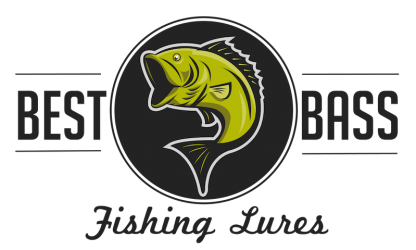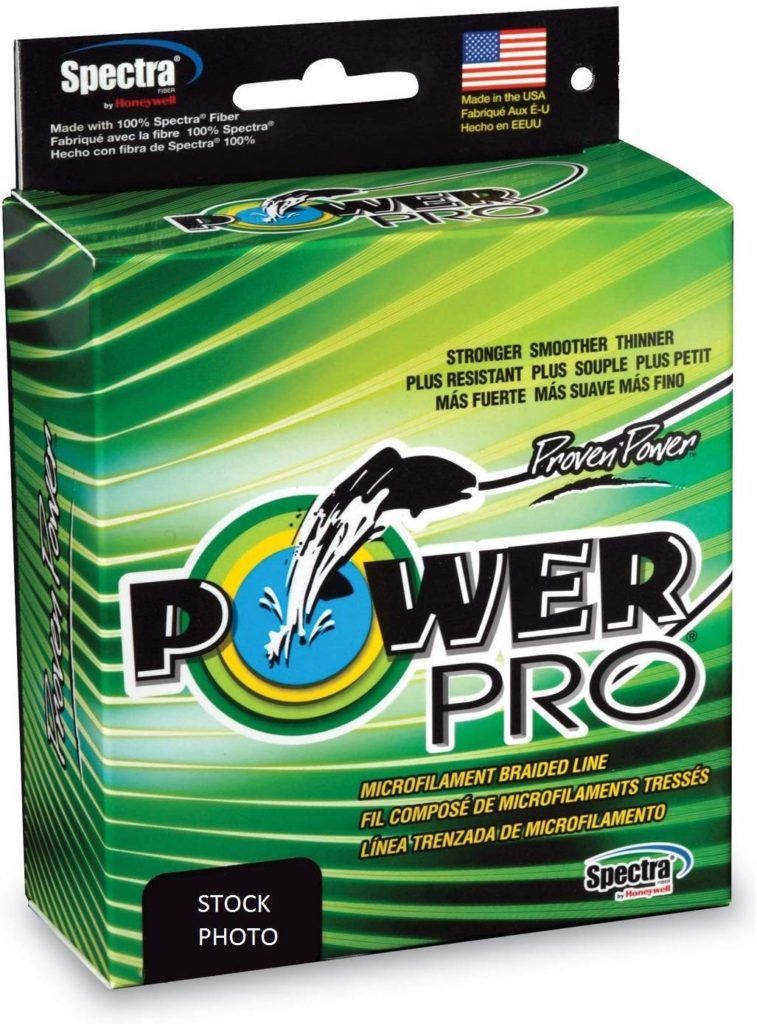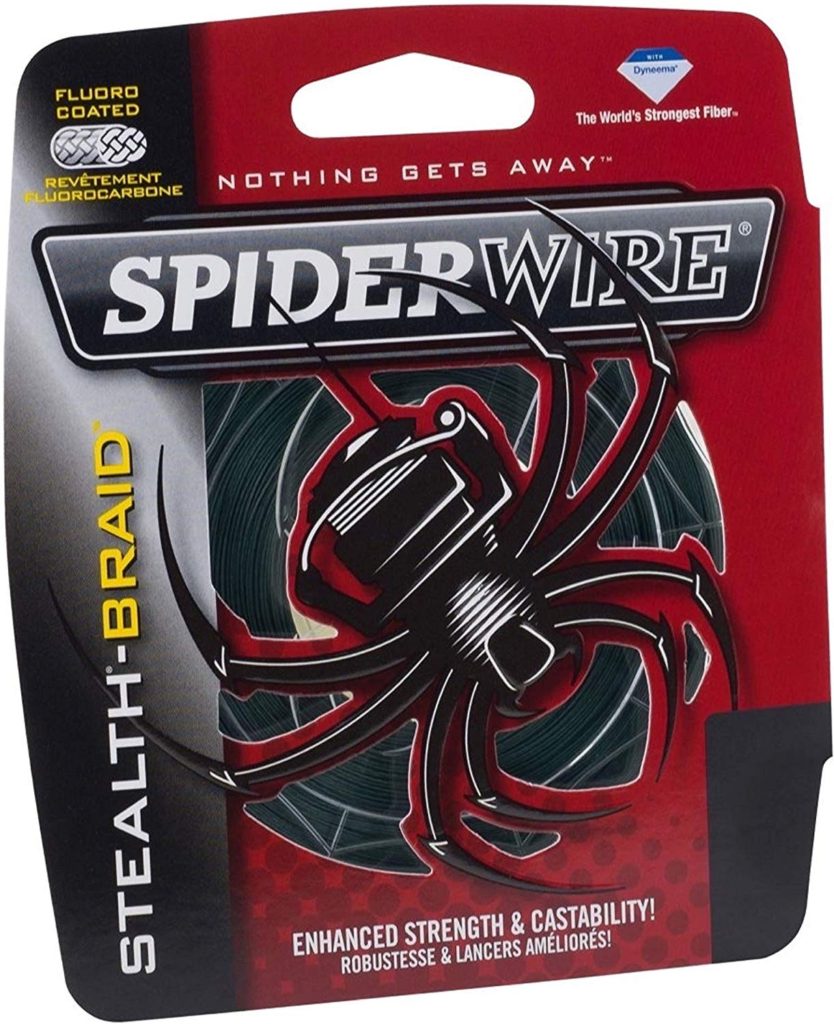When a specific bass fishing technique calls for line with high breaking strength there is no better choice than braided line. What makes braid so great is the incredible tensile strength it has while being in such a small diameter. Although braid is super strong, there a few setbacks that come along with using braid for fishing line.
The most obvious negative characteristic of braided fishing line is its visibility. Braid is highly visible to a bass, making it less than ideal when used in clear water. To counter this setback, it’s common for anglers to tie either a monofilament or fluorocarbon leader to the braid. This is usually done by tying the two lines together with either a blood knot or double uni knot.
There are some important factors you should consider before choosing to use braid. But if you already know the positives and negatives of braid and just want to know what the best braided line is, then here are our picks. If you want to learn more about braid and the lures best used with it then read on.
Braid Specifications
- Highest breaking strength
- Highest sensitivity
- Highest longevity
- Least stretch
- Most visible
- Most noisy
- Lowest abrasion resistance
Besides the high visibility, there are two more drawbacks that are important to know before choosing braid. The first is how much noise it makes running through the guides of the rod. As the woven fibers rub against the guides they create a noise and vibration that is very unnatural sounding. This can be enough to put surrounding bass on edge, and a bass that doesn’t feel safe is less likely to think about eating.
The second is how easily it can break under abrasive abuse. If braided line rubs up against a sharp rock or another jagged object it will easily break. You should try this for yourself with a sharp-looking rock. Not only to see it for yourself, but to fully understand how little it takes to break braid with under this abuse so you are more careful about where you put your line.
And speaking of breaking brain, one more thing to keep in mind is you are going to need braid scissors or a knife to cut braid. Your regular line clippers won’t cut it, no pun intended. Without a sharp knife or braid scissors you are going to struggle and not end up with a nice clean cut.
Best Lures with Braided Line
In most cases, braid is ideal anytime you can get away with using it. It’s strength and longevity is unmatched. But when you consider the setbacks it has you unfortunately have to limit its use. For the lures you can use it with however, it can put you at a great advantage.
Because of the high visibility factor, water clarity has a big effect on what lures are ok to use with braid. In really murky water it’s fine to use braid with just about any lure, but let’s assume the water is somewhat clear. In that case you think about where the line being seen is irrelevant.
One of the best applications for braid is fishing a frog along the tops of lily pads. The line is above the pads the entire time you’re fishing it and never to be seen from below. There is no reason not to use braid in this instance. Especially when you consider you need to pull the bass out of the pads and that added line strength is a huge help.
A buzzbait is also a lure fished in a way where the line rarely gets below the surface of the water. This is a fast-moving topwater lure, so the line never has a chance to stop and sink.
Another great use of braid is punching jigs and other punch rigs. Typically the vegetation worthy of punching is going to be thick enough that visibility isn’t great in there. That, and punching a reaction strike technique of fishing, meaning the fish is only going to have a split second to investigate before biting.
Of course like we said in the beginning, simply tying on a leader can open up a bunch more lures when water clarity is a factor. Here are the suggested braid specs if you’re going to fish braid with the following lures.
| Lures | Pound-Test |
|---|---|
| Jerkbaits | 40 - 50 lbs |
| Frogs | 50 - 65 lbs |
| Punch Rigs | 50 - 80 lbs |
| Small Swimbaits | 40 - 50 lbs |
| Big Swimbaits | 50 - 65 lbs |
| Glides | 40 - 50 lbs |
| Spinnerbaits | 40 - 50 lbs |
| Buzzbaits | 40 - 50 lbs |
| Umbrella Rigs | 40 - 50 lbs |
| Casting Jigs | 40 - 50 lbs |
| Swim Jigs | 30 - 40 lbs |
| Vibrating Jigs | 30 - 40 lbs |
| Shallow Crankbaits | 40 - 50 lbs |
| Deep Diving Crankbaits | 40 - 50 lbs |
| Lipless Crankbaits | 40 - 50 lbs |
| Poppers | 30 - 40 lbs |
| Walk The Dog Baits | 30 - 40 lbs |
| Small Rubber Worms | 30 - 40 lbs |
| Big Rubber Worms | 40 - 50 lbs |
| Tubes | 30 - 40 lbs |
| Underspins | 40 - 50 lbs |





